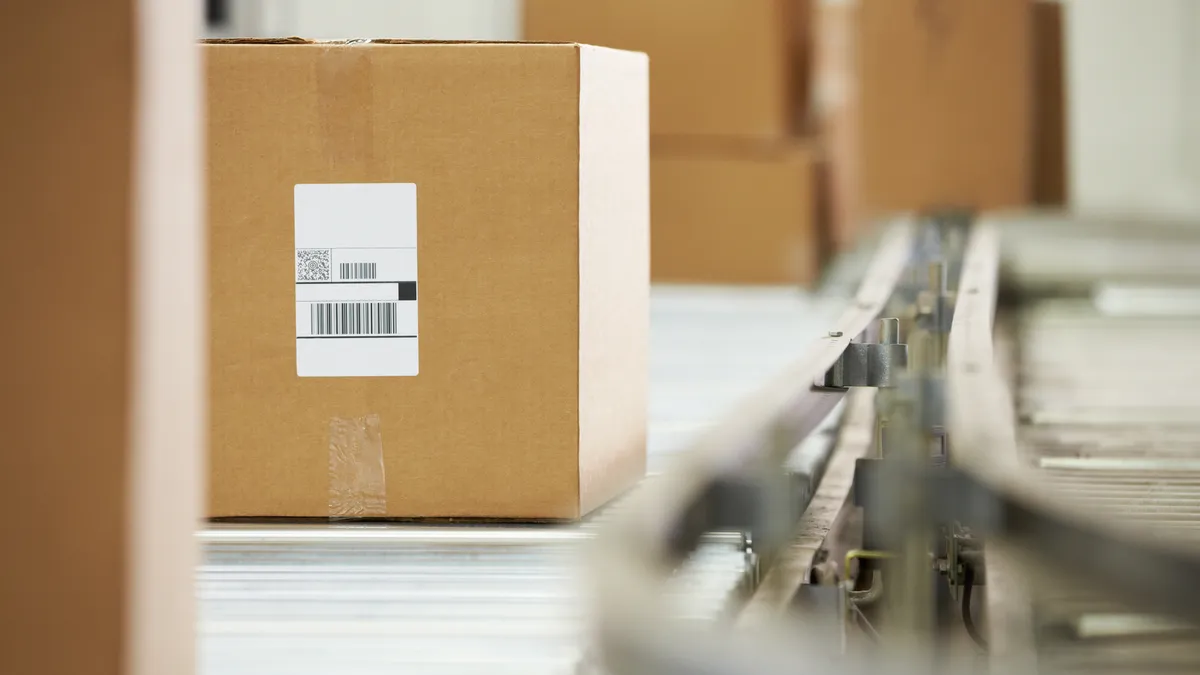Dive Brief:
- UPS expects to deliver more than 750 million packages across the globe in the 25 days between Thanksgiving and New Year’s Eve, CNBC reported last week. Planning for a record-breaking season, the 3PL is predicting roughly 7% more deliveries than 2016's peak shipping volume.
- UPS also expects to ship more than 30 million packages daily for 17 of the 21 shipping days before Christmas, or approximately 510 million parcels in less than a month. The company will apply its new peak charges from Nov. 19 to Dec. 23.
- The United States Postal Service has also increased its forecast for 2017, adding 10% for this year's peak season. It now expects to deliver at least 15 billion pieces of mail, including 850 million packages, for this year's holiday.
Dive Insight:
Peak season is nearly upon us, and logistics experts are preparing for the onslaught.
By all accounts, 2017 is likely to break delivery records, if advance hiring is any indication of the numbers expected. While XPO Logistics added a mere 6,000 seasonal workers, UPS outdid itself with a goal of 95,000. FedEx is hiring approximately 50,000 for the holidays; however, the company has announced it will not raise its delivery rates until January 1, 2018 (although oversized packages will cost just $25 more, unauthorized packages will cost $300 extra, while packaging requiring additional handling is $3 extra).
"[In addition,] We've introduced our first peak-season surcharge and customer acceptance is progressing as planned," Kathleen M. Gutmann, chief sales & solutions officer at UPS said during a recent earnings call. "These surcharges target specific residential, heavy volume periods and large items that require special handling.
The decision to increase prices during peak season reflects the exceptionally high demand placed on logistics companies at holiday time, most especially when it comes to last-mile deliveries. While Amazon grows its fleet of independent drivers, most retailers do not manage the massive volume that justifies such measures. That leaves the dominant three — FedEx, UPS, and DHL — to handle the bulk of last-mile transport, a challenging task, according to industry insiders.
"This strategy is designed to encourage smoothing of volume across the period between Thanksgiving and Christmas, and ensures we are appropriately compensated for the value provided to customers," Gutmann added. In other words, higher fees are justified by more effort. And though no one wants to pay more, it's difficult to challenge the logic: if you send more or bigger packages, it's going to cost more.














